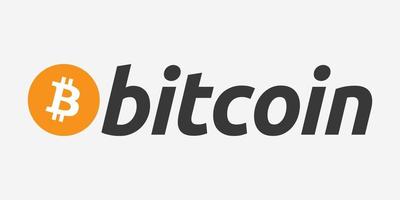Introduction
In 2009, the enigmatic Satoshi Nakamoto unveiled Bitcoin, a revolutionary digital currency that has since changed the face of global finance. The blockchain, the technology that underpins it, has become a worldwide phenomenon with effects that go far beyond money. The blockchain, the active community, and the intricate components of Bitcoin's tokenomics will all be covered in this article. We will also explore the intriguing world of Bitcoin mining and how it affects the decentralization and security of the network.

The Bitcoin Blockchain: The Backbone of a Decentralized System
The blockchain, a decentralized, open ledger that chronologically records all transactions, is the foundation of Bitcoin's success. The blockchain ensures peer-to-peer transactions without the need for middlemen, in contrast to existing financial systems that depend on them, such banks. The blockchain records every Bitcoin transaction, ensuring immutability and security.
The proof-of-work (PoW) consensus process powers the blockchain that underpins Bitcoin, in which miners compete to find solutions to challenging mathematical puzzles in order to confirm transactions. A block is added to the chain once it has been validated, and miners are rewarded with freshly created Bitcoins. This decentralized strategy stops fraud and builds a strong network that is impervious to censorship and manipulation.
The Vibrant Bitcoin Community: Collaboration and Innovation
A vibrant and varied community of enthusiasts, developers, investors, and users has grown up around bitcoin. The potential for disruptive change in the established financial system and a common vision of financial independence bind this society together. Online discussion boards, social media groups, and conferences provide venues for community members to interact, explore emerging technologies, and argue over the direction Bitcoin may take.
Additionally, the Bitcoin community has generated a wide range of avant-garde initiatives and programs. For instance, by enabling quicker and less expensive microtransactions, the Lightning Network aims to address Bitcoin's scalability difficulties. Furthermore, initiatives like platforms for decentralized financing (DeFi) and decentralized exchanges (DEXs) built on the Bitcoin blockchain offer substitutes for conventional financial intermediaries, increasing the possible use cases for Bitcoin.
Understanding Bitcoin Tokenomics: Scarce, Deflationary, and Programmable Money
The tokenomics of Bitcoin, which influence its monetary policy and supply, is one of its fundamental characteristics. With a maximum production cap of 21 million coins, bitcoin ensures scarcity and functions as a store of value. The supply of Bitcoin is fixed and deflationary in nature, in contrast to fiat currencies, which can have their value increased by central banks over time.
Additionally, the programmability of Bitcoin enables the creation of smart contracts and decentralized applications (DApps) using protocols like Rootstock (RSK). This functionality increases the Bitcoin blockchain's adaptability and makes it possible for it to serve a variety of uses outside of basic financial transactions.
Bitcoin Mining: Powering Security and Decentralization
Maintaining the network's security and integrity depends heavily on bitcoin mining. In order to contribute to the consensus mechanism and guarantee the validity and dependability of transactions, miners devote computational resources to the solution of challenging mathematical problems. By preventing any one entity from dominating the network, this decentralized mining process improves network security and resiliency.
However, because mining bitcoin requires a lot of energy, there are worries about how it may affect the environment. With the creation of renewable energy sources and the deployment of energy-efficient mining equipment, efforts have recently been made to encourage sustainable mining practices. A few mining businesses have also moved to areas with inexpensive renewable energy sources, lowering their carbon footprint.
Conclusion
By establishing a transparent, decentralized system that challenges established financial middlemen, Bitcoin has completely changed the financial landscape. Its popularity and widespread adoption are mostly due to its blockchain technology, active community, tokenomics, and mining process. Bitcoin brings a variety of benefits and difficulties as it develops further, spurring innovation and influencing the financial future.
Posted Using LeoFinance Alpha